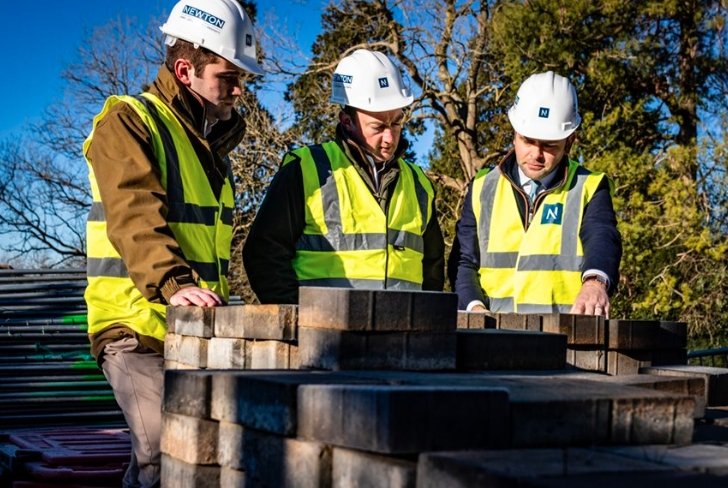Scotland’s small and medium-sized (SME) home-building sector is experiencing a significant decline, according to new research. A report published by representative body Homes for Scotland (HFS) reveals that the proportion of new homes sold by builders constructing between 3 and 49 homes per annum has fallen from around 40% in 2017 to 20% in 2023. This decline comes at a time when Scotland grapples with a national housing emergency, with 28% of households (equivalent to 693,000 homes) experiencing some form of housing need. Let’s delve into the challenges faced by SME builders and the impact on Scotland’s housing market.
The Challenges for SME Builders
SME home builders encounter several obstacles, including economies of scale, increasing regulation, and upfront development costs. However, the most pressing issue highlighted by the HFS research is the detrimental impact of slow and under-resourced planning and consenting systems. These delays significantly affect the speed of processing and decision-making, leading to extended planning application timelines. For SMEs, whose cash flow relies on upfront investment, these delays can be particularly damaging.

The Impact on Housing Supply
The decline in SME home building has implications for Scotland’s housing supply. As the proportion of new homes delivered by SMEs decreases, the market share of larger housebuilders increases. While larger developers play a crucial role, the reduction in SME activity affects the diversity of housing stock and the ability to respond to local needs. The report underscores the need for more sophisticated planning metrics to address the growing demand for housing, driven in part by substantial immigration over the past 25 years.
Scotland’s housing crisis requires a multifaceted approach, and supporting SME builders is essential. Faster planning processes, proportionate developer contributions, and targeted innovation funding streams can help revitalize the SME sector and ensure a more resilient and diverse housing market for the future.


















